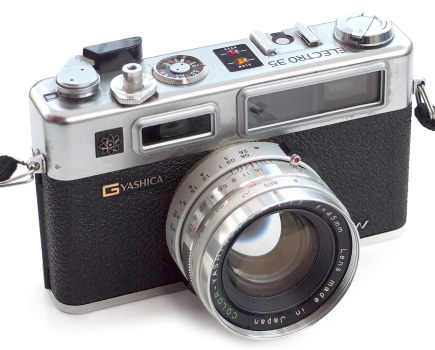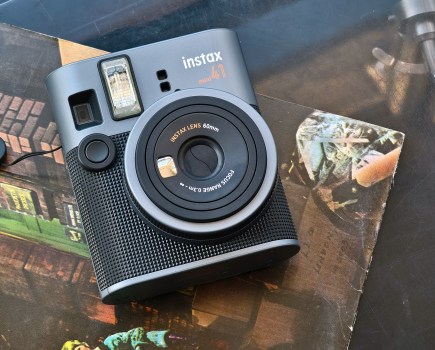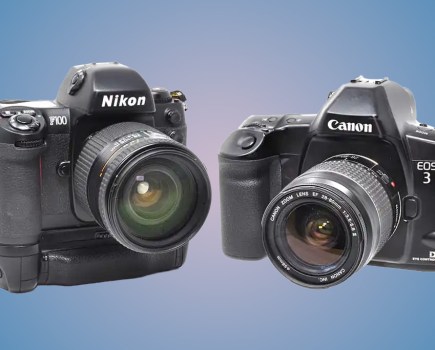Sponsored by MPB
Colour photography only really became mainstream in the 1970s, and before that most ‘serious’ photography was in black and white. Times have changed, but even with the ubiquity of colour, black and white remains very popular – both for digital and film photographers.
It’s easy to assume that black and white digital photography is just about a few mouse clicks in Photoshop (or a quick conversion in-camera). Getting the classic look of black and white film, however, is much more difficult – how do you get those deep tones, rich contrast and the unique ‘feel’ of film grain?
As well as doing a conversion in your editing software, there are lot of free or paid-for ‘presets’ you can find online to emulate the best black and white film, but some are very hit and miss.
Fortunately, some camera makers have done a good job of supplying their own black and white presets/film emulations with their cameras – Fujifilm being a case in point. Its X-100F, for example, not only features a 24MP sensor, updated processor and great design, but a superb built-in film emulation called Acros Black and White. This is based on the classic film of the same name.

Acros Black and White is flexible and versatile, enabling you to add or reduce digital grain as desired. So how do the results compare to shooting black and white film?
Digital and film compared
We decided to throw the X-100F in at the deep end and compare rendition and overall quality of image against a Mamiya 7 shooting with Ilford HP5 black and white film. Sadly, we couldn’t get hold of any Acros to match, but we felt that HP5 would be a good substitute as it has really become the gold standard in terms of all purpose black and white imagery.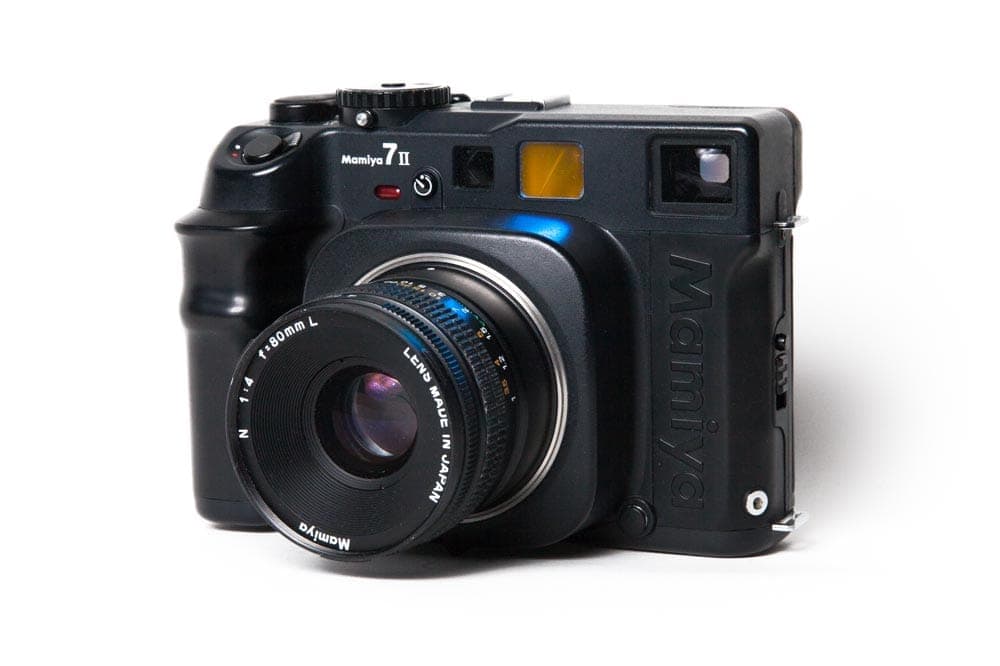 For anyone not familiar with a Mamiya 7, it is a medium format rangefinder shooting 10 images per 120 roll at 6×7 ratio. It has some of the sharpest lenses ever made for photography, with a high price to match.
For anyone not familiar with a Mamiya 7, it is a medium format rangefinder shooting 10 images per 120 roll at 6×7 ratio. It has some of the sharpest lenses ever made for photography, with a high price to match.
This particular Mamiya 7 II has the 80mm f/4 leaf shutter N lens, which equates to roughly 38mm-40mm in full-frame terms. Our plan was to see how the Acros digital emulation on the Fujifilm compares against what many see as the ultimate in black and white hand-held image making.
If you’re new to the idea of 6×7, it’s probably the third most common medium format aspect ratio for film after 6×6 (Hasselblad 500CM, Rolleiflex) and 6×4.5 (Mamiya 645, Contax 645, Hasselblad H1).

Fujifilm X-100F

Mamiya 7
Both of these images are pleasing to the eye, with the Fujifilm providing a bit more pop on the highlights, whilst Ilford HP5 film on the Mamiya keeps those highlights in check.

Fujifilm X-100F
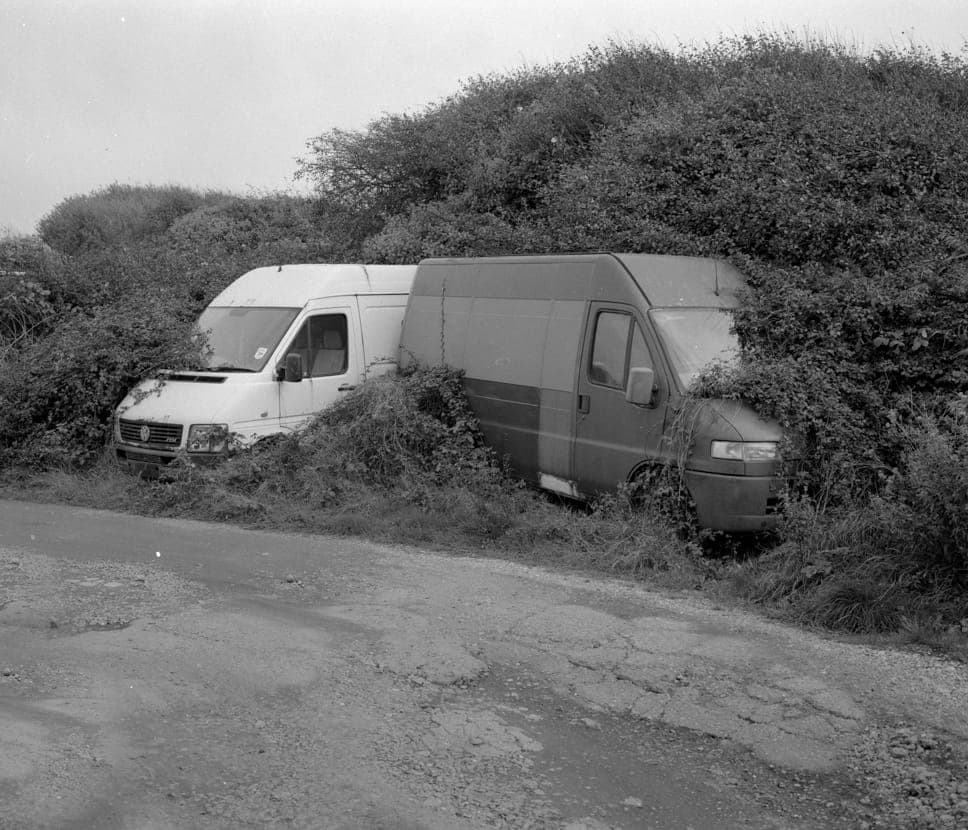
Mamiya 7
Similarly to the first example, there is more pop in the whites/highlights on the Fujifilm and overall more contrast, with the Mamiya 7 rendering the image much flatter. In terms of detail, however, both images are very similar and did a very good job in capturing this highly detailed scene well.
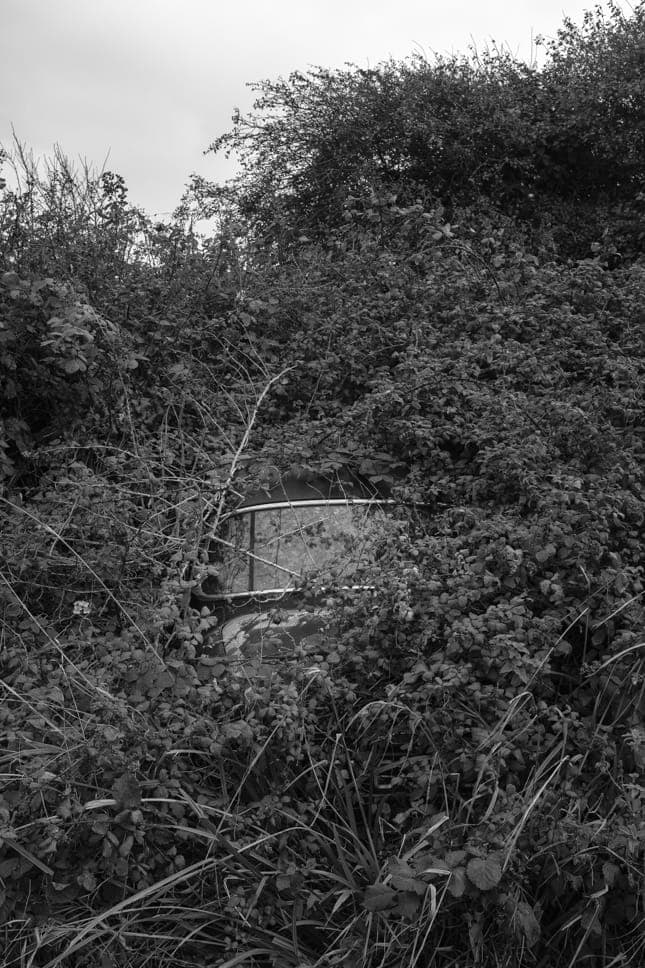
Fujifilm X-100F

Mamiya 7
These images stumped us, mainly as it was one where we thought the Fujifilm would shine and render the scene in a similar way to the previous two. In fact, we found that straight off the camera, the Mamiya won hands down.
This was a tricky rendition, where a high level of detail rendition was required in order to bring the car window out amidst all the brambles and leaves. Here, the Mamiya is able to handle the middle greys better and basically see more of those midtones, allowing all the shades of grey in the car to look ever so slightly different to those on the leaves.
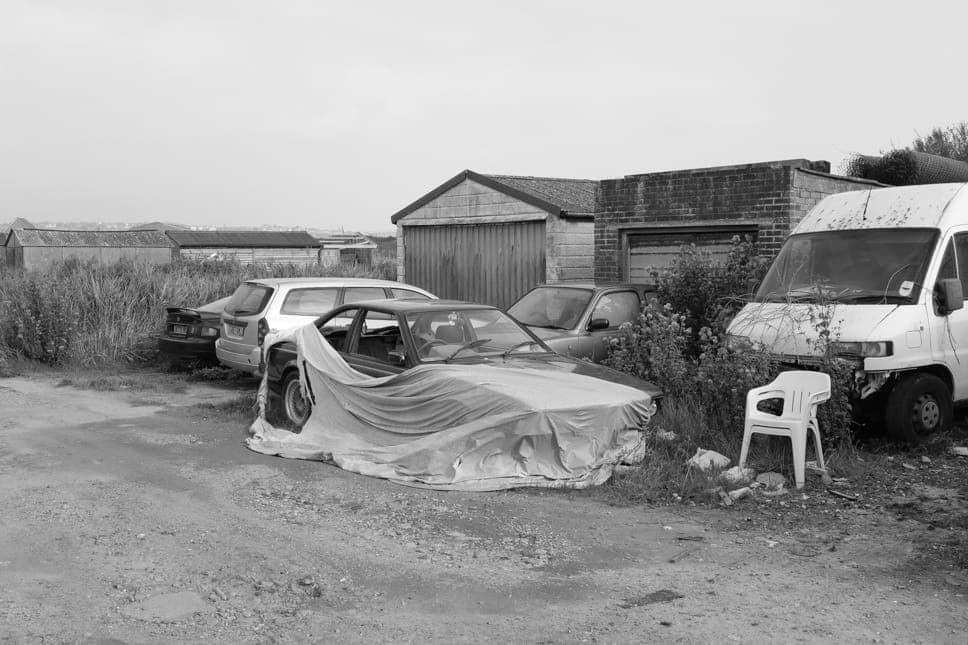
Fujifilm X-100F
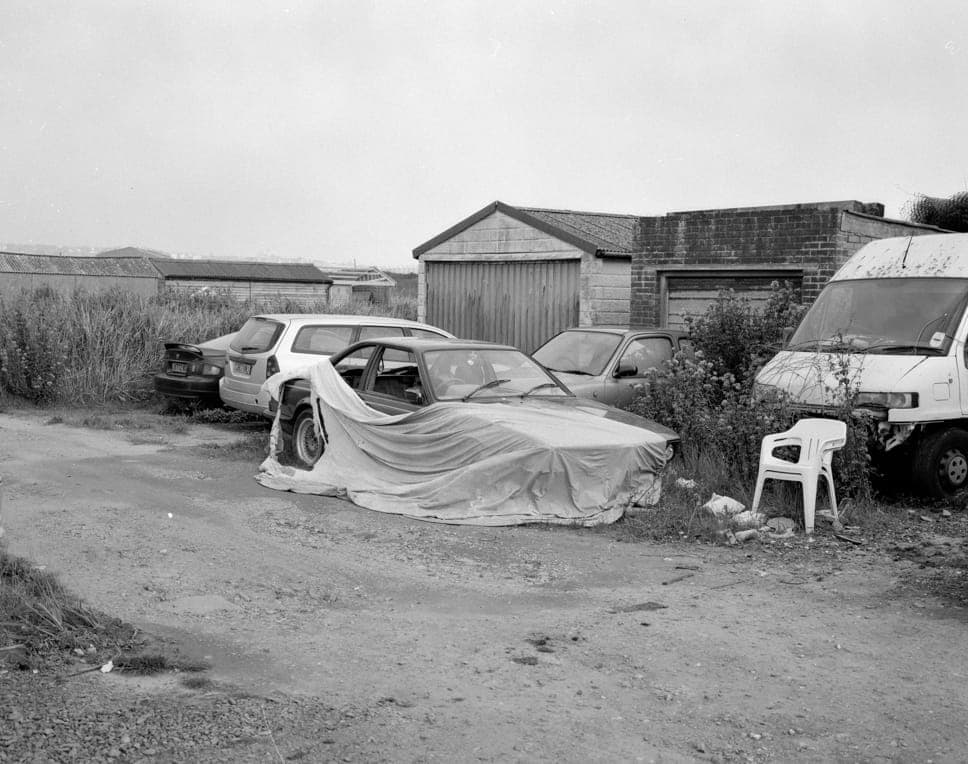
Mamiya 7
It’s impossible to choose between these two images. Both have aspects which we like: there is great tonality on the cover of the car in the centre of the frame as rendered by the Mamiya 7, but we prefer the blacks and darker parts of the image as rendered by the Fujifilm elsewhere on the frame. Whilst details like the wheel arches and tones on the brick are not the centrepoint, all these small details add up to a lot when it comes to forming a pleasing image or not. Both are winners here.
A joint winner
Both cameras did really well. The Mamiya loaded with Ilford HP5 appeals from a romantic point of view, and for the same reasons that many people like to shoot film – it’s a wonderful idea that an emulsion has its own personality and its own traits. It’s something physical that exists on a shelf somewhere regardless of whether you purchase it, load it and shoot it.
In the end, however, it’s the image that matters and we’re grateful that the Mamiya 7 with HP5 delivers such a beautiful image with very little correction done to it. The Fujifilm X-100F on the other hand is somewhat the underdog here: smaller image plane, cheaper to buy and without the kudos of black and white medium format film. Despite this, its performance is simply incredible.
Although we prefer the height possible the 6×7 ratio, in terms of pure image quality combined with the ease of shooting digitally and form factor, the X-100F is a revelation.
Why I shoot black and white film
Tom Greenep, an MPB alumni, started out in photography using Pentax K-mount SLRs. “The K-mount meant I could use high-quality analogue SLR lenses at a fraction of the cost of buying new. This also taught me to use manual controls while shooting.”
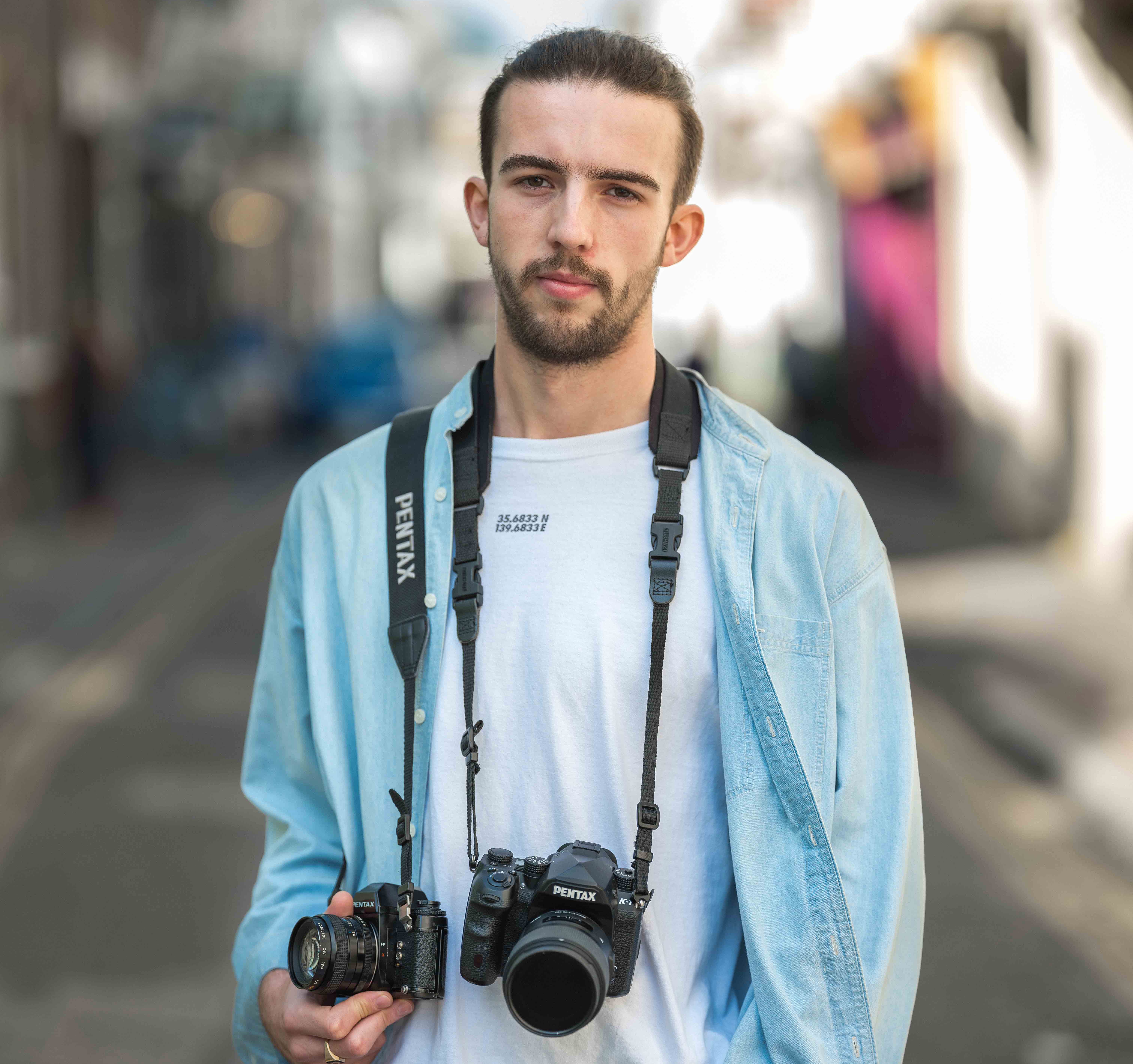
As Tom’s interest in black and white photography developed, he eventually ended up exclusively shooting analogue, specifically 5×4 format. “I was able to borrow ShenHao and Ebony large format cameras, and this started to influence the way I shot.”
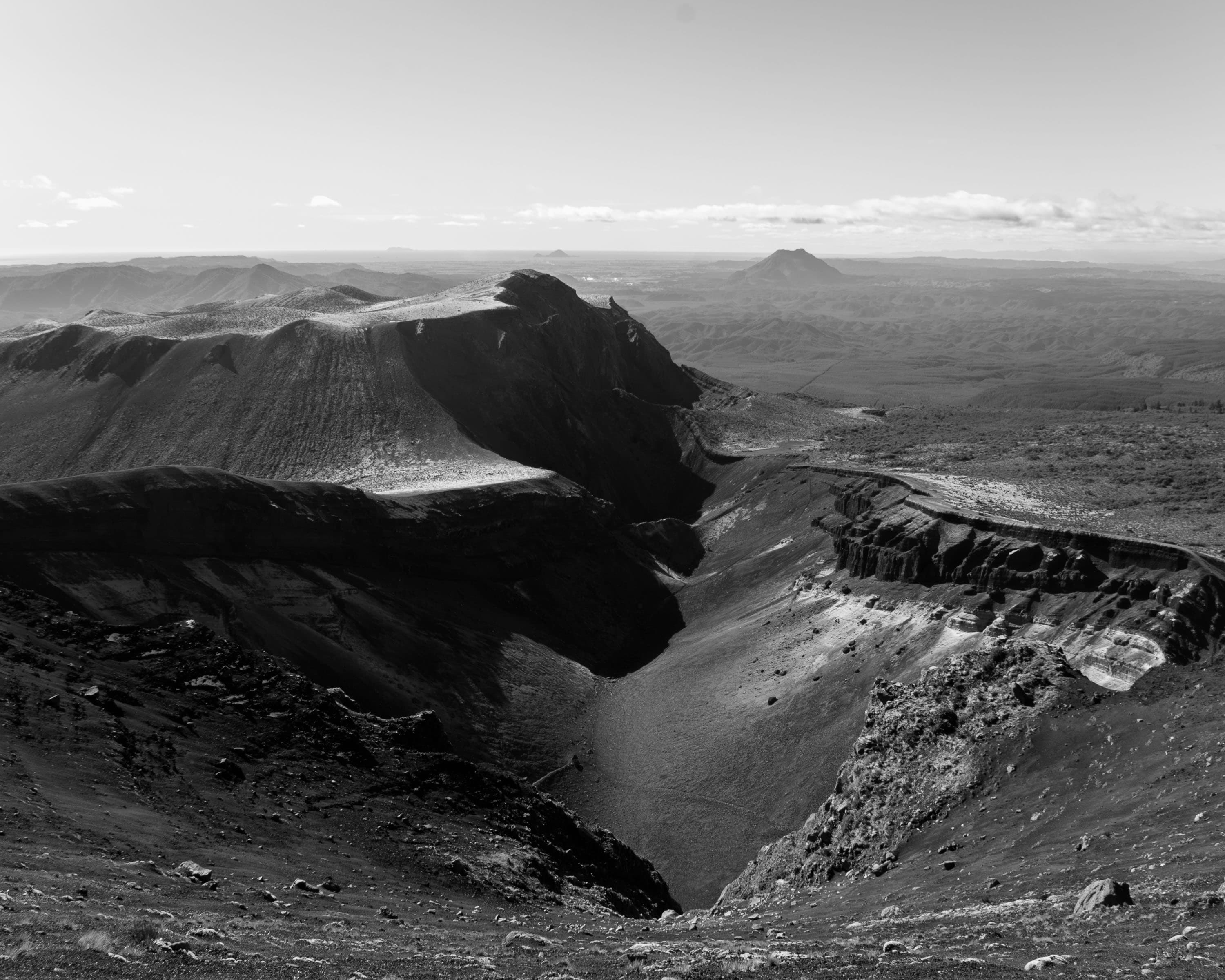
For Tom, a big appeal of black and white film photography is that it slows down the creative process, so he works in a mindful way. “Practising with 5×4 meant I was able to slow down my shooting pace. I would take about 15 minutes for each composition, as I would only take out about a dozen film sheets loaded into slides. This resulted in more considered final images than I had shot previously. As references, I used photographers such as John Gossage, Richard Long and Jem Southam.”
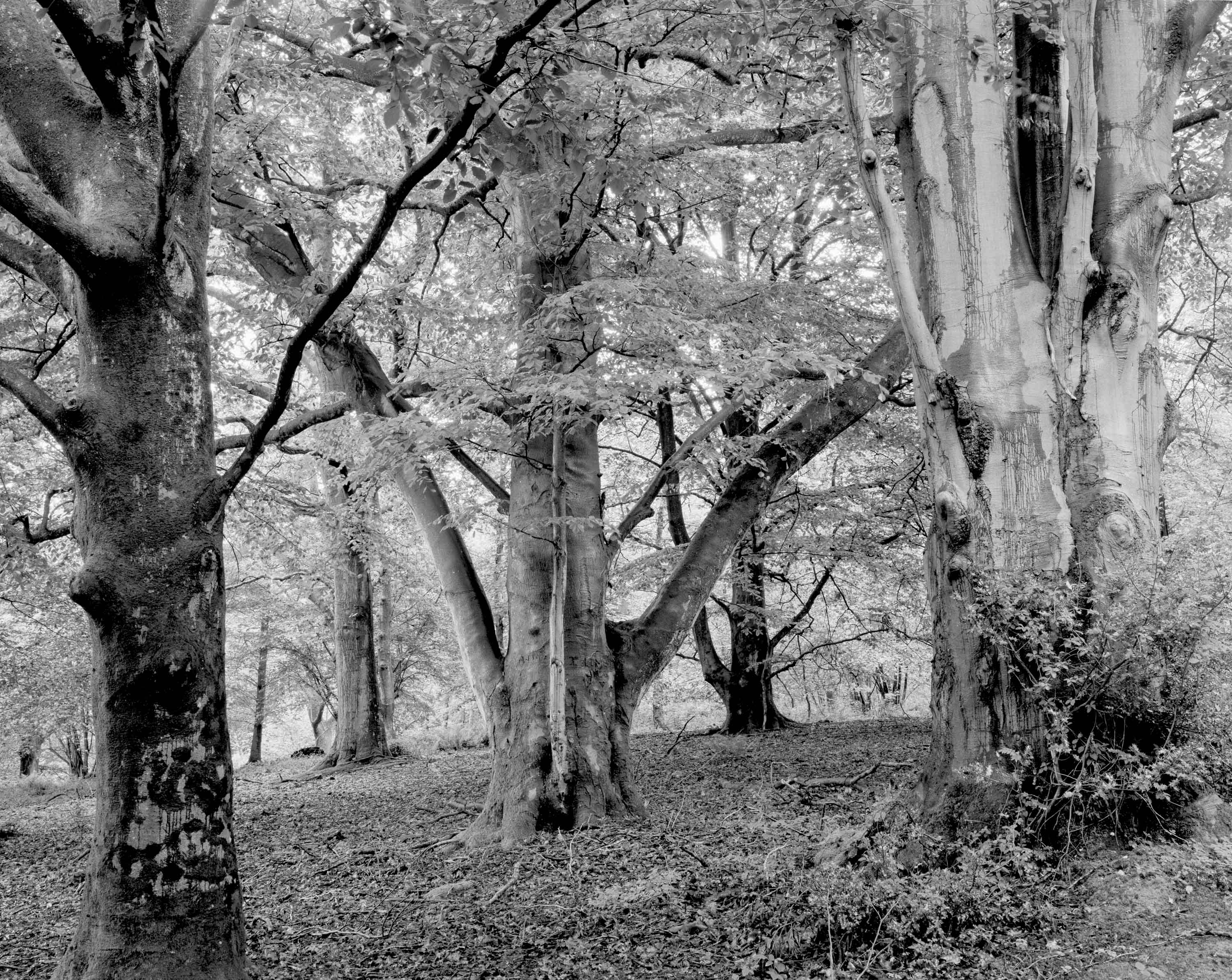
Another big appeal of shooting film is that it helps to strengthen Tom’s relationship with some of the places he likes to shoot – particularly an isolated, man-made arboretum. “Working exclusively with black and white also meant I was spending lots of time in the darkroom developing the negatives and printmaking by hand, again adding to my familiarity with the place.”
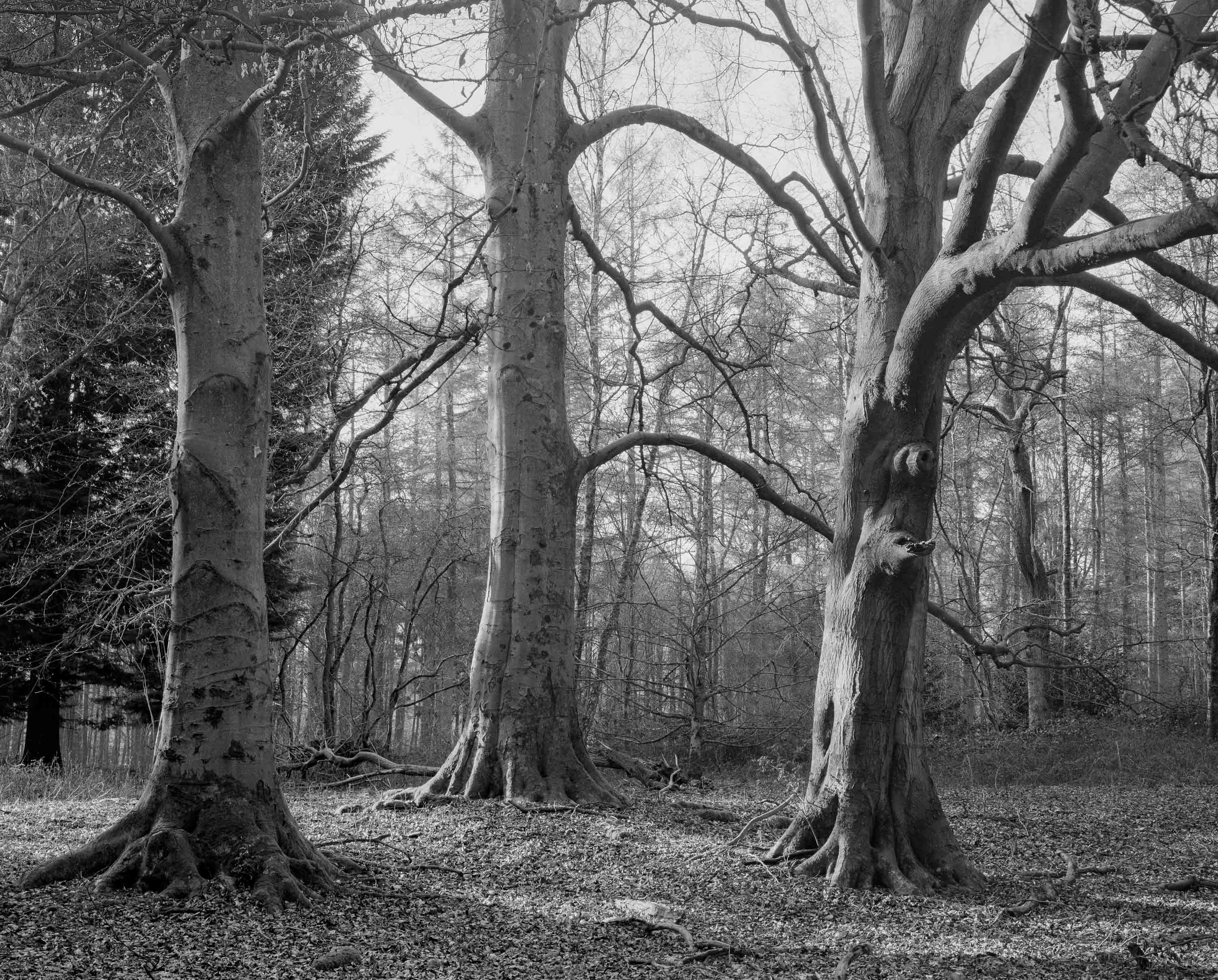
To see more of Tom’s photos, follow @tomgreenep on Instagram. You can also read more stories on the MPB blog.





